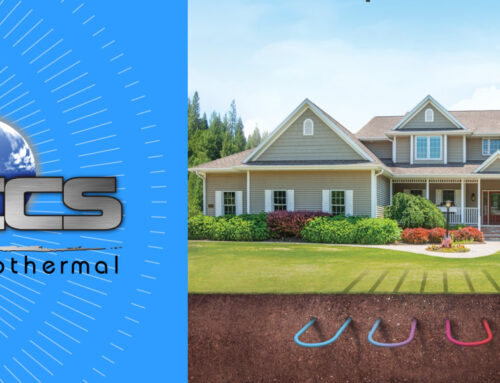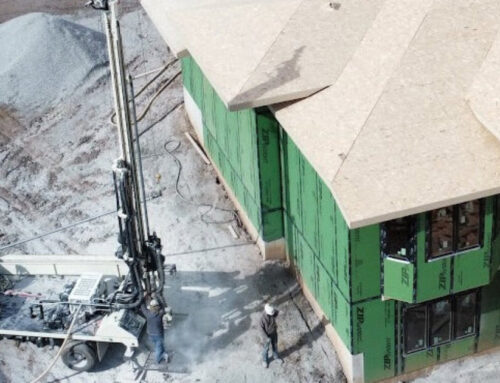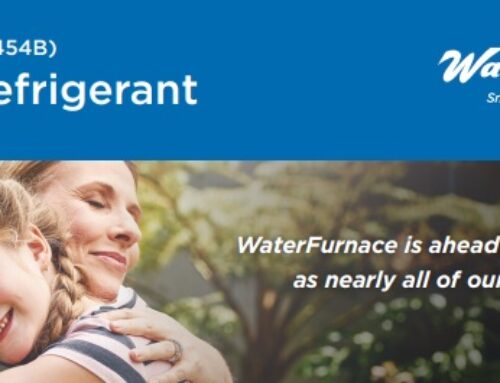The U.S. Has The Largest Pipeline Network In The World – It’s 2.4 MILLION Miles Long.
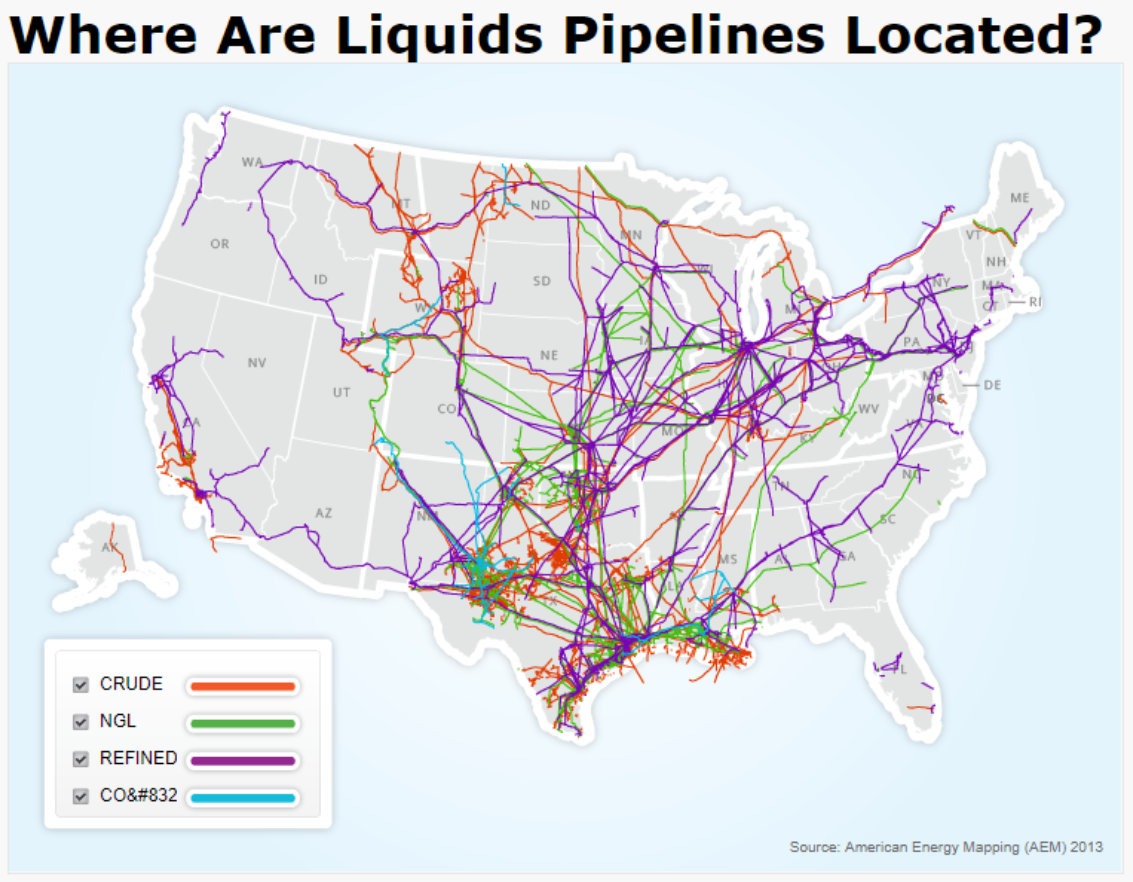
This week we will cover how these pipelines are installed and what the impact on the environment is.
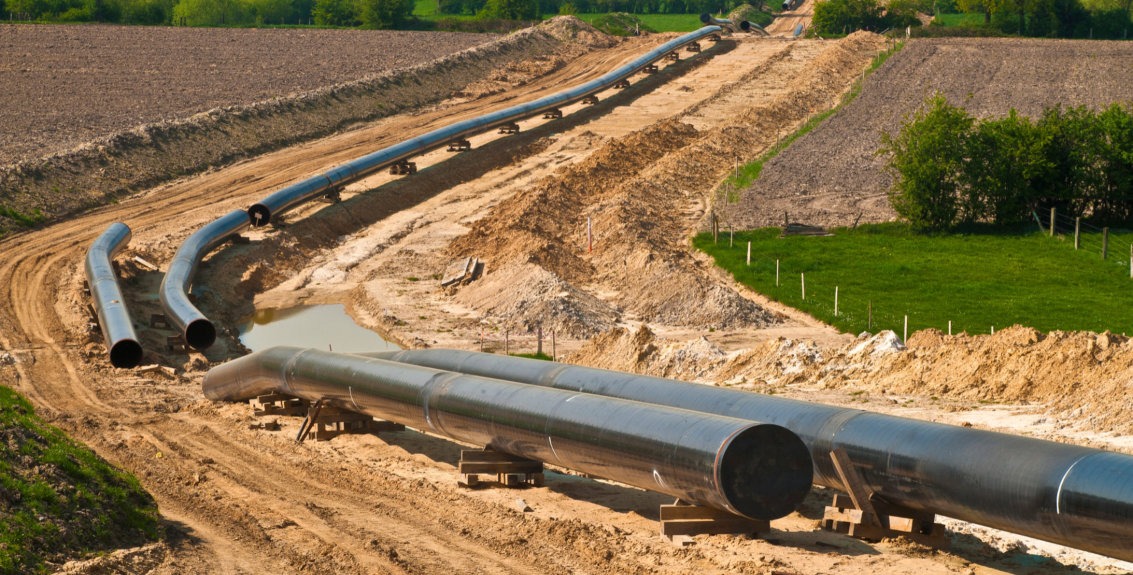
Installation Process
The installation of a pipeline is a long and inherently destructive process. In general, this takes place in a 6 step process.
Step 1: Clear The Area
In this step the crew clear the area where the pipelines will be and input equipment to begin the process. They clear the construction area and pave roads to get there.
Step 2: Clear Cut The Area
Next the team cuts down all the trees in the area. This has a fairly substantial impact on landowners. They have the option to sell the timber from the trees themselves, or allow the installation company to do it. They toss the branches and tree tops into a pile and burn them.
Because the government gives permission to allow this to happen, the landowners cannot fight once the permit is given.
Step 3: Excavation
During this phase, they dig the trench the pipeline will be placed. These are very steep & deep trenches.
Step 4: Pipe transport & Assembly
Now they take segments of pipe (usually about 40 ft. in length) and transport them to the construction site. As you may imagine, this is not the simplest transportation process. Once they are on site, the segments of pipe are welded together. Next, they are inspected with to ensure quality.
Step 5: Get Under The Obstacles
Now that the pipe is ready for install, they drill under (vertically or horizontally) whatever roads, highways, streams, rivers etc. may be in the way. Each obstacle requires a unique solution.
Step 6: Inspection, Testing, And Restoration
At this point they fill in the trench they dug for the pipeline. Then inspectors come in and perform testing on the network of pipeline that has been created to ensure that it works properly. This is done by sending water through the pipeline and increasing pressure to the maximum operational level.
Next the clear cut land is seeded and fertilized in hopes to regrow the above ground wildlife that was destroyed. Now let’s take a look at what the real impact is on the environment as a result of pipeline construction & usage.
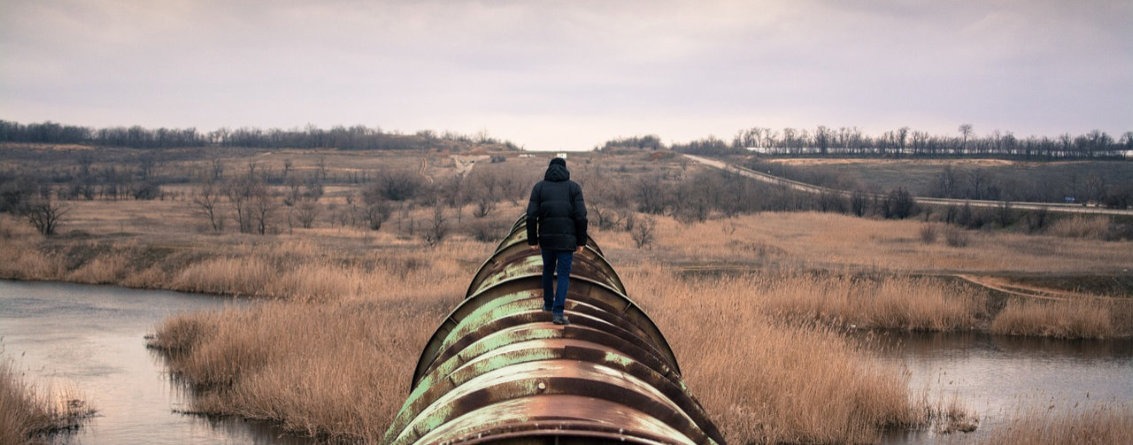
Environmental Impact Of Pipelines
Firstly, you need to consider the emissions caused by the construction. It takes a lot of energy in order to construct pipelines. This is meaningful, and should not be overlooked.
Next, and most importantly is the effect it has on the landscape that is constructed on. This has implications for the water supply in the area. If the pipes leak, the water supply will get ruined. It could spread quite rapidly as well, especially if the pipeline crosses a river or stream.
It also has some strong impact on the soil. Soil is very important for the native vegetation, you cannot replicate the nutrient qualities in soil that you have removed. This is because it is determined by the local mineral content.
Lastly, the change in landscape heavily impacts the wildlife. This can happen from loss of habitat and habitat fragmentation. The leads to a increased susceptibility to predation for prey for a lack of cover provided by the vegetation that was there. This causes the whole food chain in the area to become disturbed.
Clearly, re-seeding is not enough to undo the damage. The damage done cannot be undone, because a delicate balance has been disturbed. Fixing this is no easier than re-balancing a house of cards once you knock it down, with one extra step. It has to go back exactly the way you did it the first time…
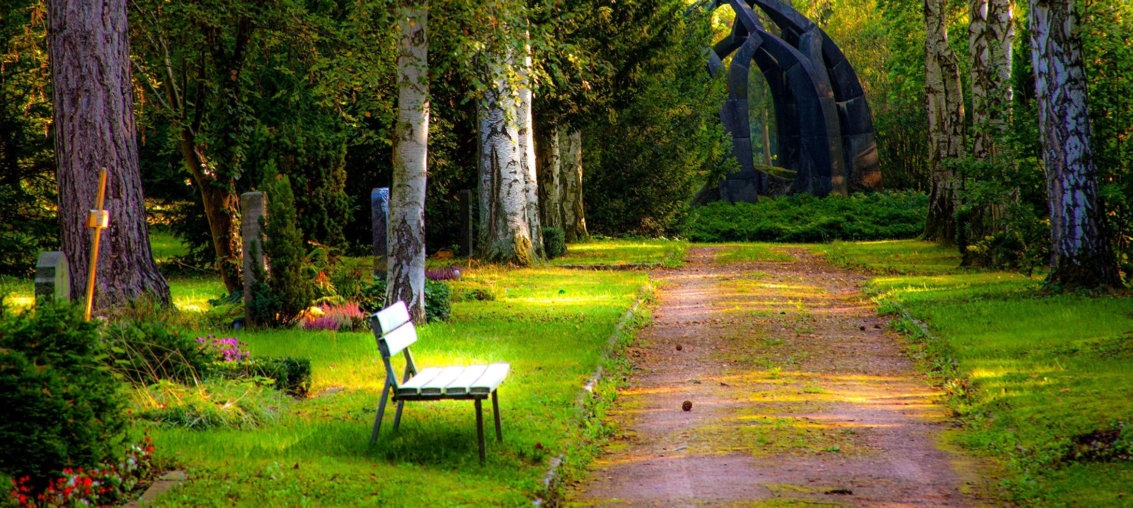
What We Do To Help
We here at ECS Geothermal install HVAC units that use 100% renewable energy. Help us reduce waste, conserve the water supply. Let’s make the world a better place for our children.
Not only that, you can save money in the process. Our HVAC systems are the most cost effective and comfortable option available. Check out our savings calculator here to see how much you can save.
Let us help you help the environment. We’re making the world a better place, one home at a time.


Installing ground source heat pumps since 1993
Phone: 816-532-8334
Contact Us Today for a free consultation.


